Smartphones, Bridge Cameras, DSLR’s, and Mirrorless: Putting the choices in perspective…
This series of photos used a 3” “bluebird” replica at 3 feet distance with a daylight LED. An iPhone 11 with 12 megapixel camera, Nikon P1000 bridge camera (16MP), Sony A9 (24MP), and Sony A7RIV (61MP) with 24mm lens setting were tested. The Nikon P1000 has long zoom feature which is shown as well. All devices were mounted on a tripod and triggered with either remote or timer. Images were cropped to fit around the bird.
A 24mm lens is not remotely ideal for birds or wildlife as it is a wide-angle. While a smartphone is convenient and does exceptionally well with many subjects, it suffers in this comparison. Why? The “bluebird” is small, but only 3 feet from the camera. When the image is cropped to highlight the bird, the lack of resolution becomes obvious as does increased noise. Scroll down to see the impact of longer lenses.
The Nikon P1000 holds up pretty well due to the long zoom feature. At the short end, it is 24mm equivalent. The image from the P1000 at 24mm doesn’t look any better than the iPhone picture. This is because the Nikon P1000 has almost the same size sensor as the phone camera. It achieves the long zoom (3000mm!) because it is essentially a moderately large lens feeding a very small sensor. For some, a bridge camera may be a good choice. They are called bridge cameras because they combine many aspects of a point and shoot camera with some advanced features - usually a long zoom. If you decide to go the route of the bridge camera, there are some significant downsides to consider first. The long zoom feature works best when the camera is held in a tripod, low light performance may be lacking, and I know of no bridge camera or point and shoot camera that can autofocus well enough to capture bird in flight images. Also, many people think the point and shoot or bridge camera is easier to use than a DSLR or mirrorless camera. This is patently false. All modern digital cameras have an “AUTO” mode for beginners - even high-end mirrorless cameras. In addition, the DSLR and mirrorless cameras - especially the full-size variants have dedicated and ergonomic controls.
The 24mm images from the A9 and A7RIV are respectable and have little noise. Because the are mirrorless interchangeable lens cameras, they can accept much longer lenses which bring action much closer and provide high resolution images with less cropping.

iPhone 11 @ 3ft

Nikon P1000 4.3mm (24mm)

Nikon P1000 with zoom

Sony A9 24mm

Sony A7RiV 24mm

Apple iPhone 11 and Sony 24mm GM f/1.4 lens: Both have have similar stated objective lengths of "24mm." However, the Sony lens pictured is a true 24mm lens. The phone camera only achieves 24mm equivalency with a sensor about 37 times smaller than the full size camera.

Nikon P1000 Bridge Camera - a permanently mounted large range zoom lens married to a camera body with a sensor the same approximate size as the cell phone camera

Sony A7III and 200-600mm G Lens - similar to the A9 used in the tests.
So…
What size lens would work for birds?
200mm and 300mm lens are quite usable from a blind for close birds and starting out. 400mm and longer lengths will give tighter shots and less cropping for prints. This shows 24mm - 840mm on a full-frame Sony A9 at 10ft - subject is a 10” tall stuffed owl. For wild birds, getting within 10ft often means a blind.

Sony A9 24mm @ 10'

Sony A9 70mm @ 10'

Sony A9 200mm @ 10'
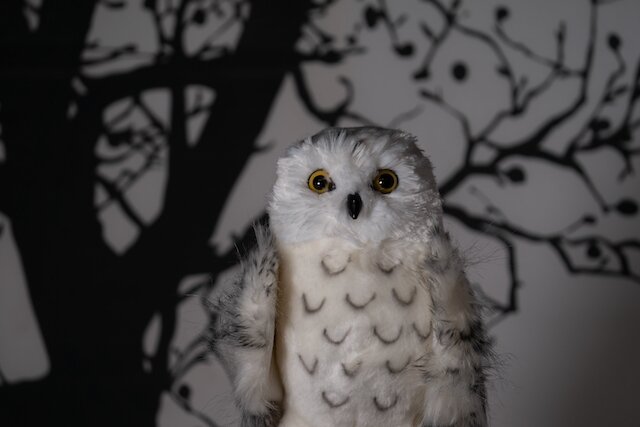
Sony A9 300mm @ 10'
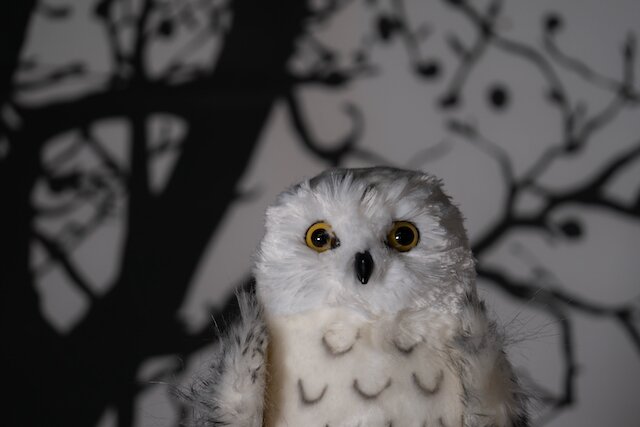
Sony A9 400mm @ 10'
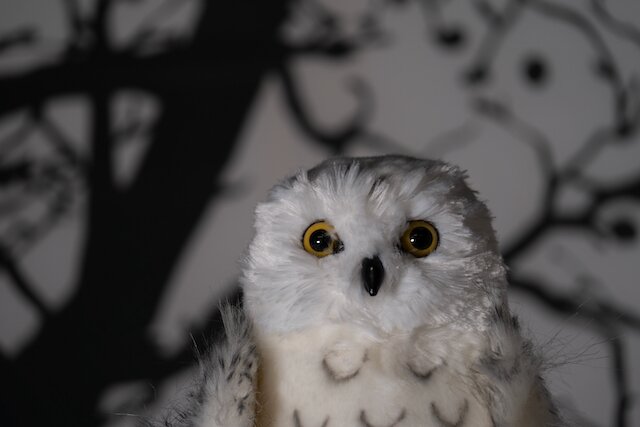
Sony A9 500mm @ 10'
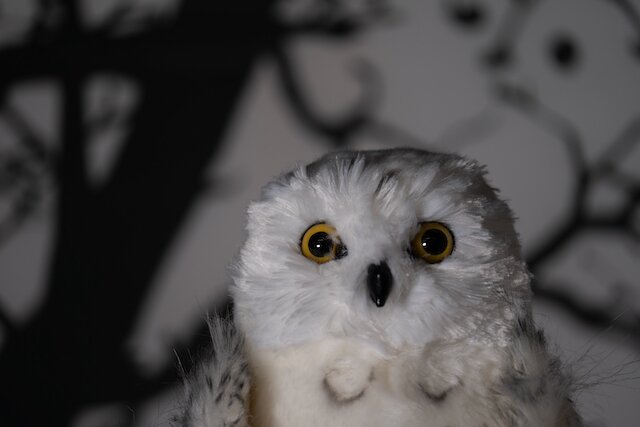
Sony A9 600mm @ 10'
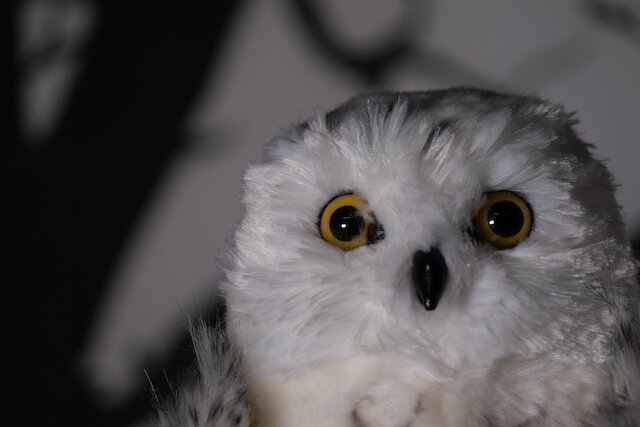
Sony A9 840mm @ 10'